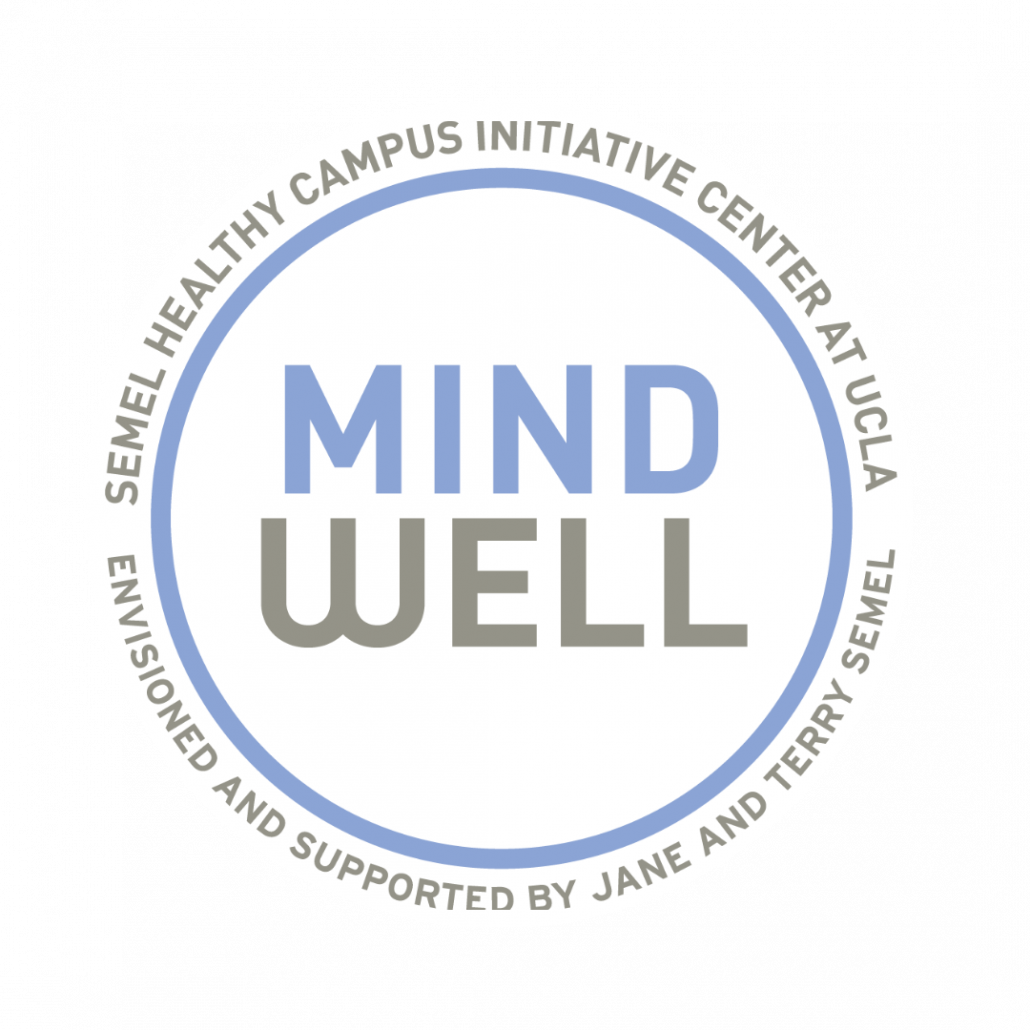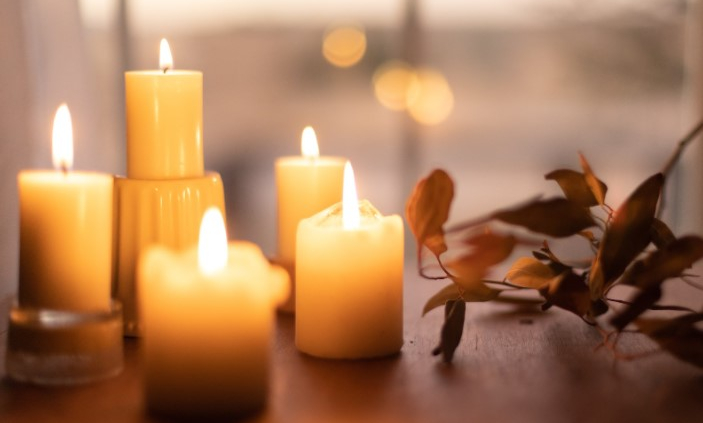Hygge in Quarantine
In early winter of 2020, I purchased Meik Wiking’s The Little Book of Hygge: Danish Secrets to Happy Living to learn about Danish culture prior to embarking on a summer study abroad trip to Copenhagen, Denmark. As expected, my program was unfortunately canceled due to COVID-19. However, still having read Wiking’s book on the word “hygge” (pronounced hoo-ga) provided me with wisdom and knowledge from Danish culture that has helped me get through these monotonous months of quarantine.
In this blog post, I thought I would share what I’ve learned thus far about hygge, and how cultivating it has never been more relevant.
What is hygge?
On the surface, hygge is wearing fuzzy socks, lighting a scented candle, and cuddling near a fireplace with a cup of apple cider. In English, it’s commonly translated to “coziness” and associated with a nice indoor atmosphere. However, rather than be a fleeting trend or activity, it’s a mindset, way of living, and feeling deeply rooted in Danish culture.
Documented as early as the 19th century in Denmark, hygge has been used as a coping mechanism to overcome seasonal affective disorder and depression during harsh Nordic winters. Over the years, hygge has become a lifestyle for many Danes and is thought to have much to do with Denmark usually reporting as the “happiest nation in the world.”
How is hygge connected to positive psychology?
According to an Los Angeles Times article, hygge is slowing down to acknowledge and indulge in the simple pleasures of life. Often associated with feelings of gratitude, happiness, and compassion, it focuses on positive states of mind rather than negative. In many ways, it is similar to the belief behind positive psychology—the scientific study of human strengths and optimism rather than struggles. Similar to practicing positive psychology, hygge can teach us how to shift our perspective to focus on the good in life, such as joy, peace, and love.
Why hygge?
During quarantine, it’s common to feel overwhelmed or burnt out. Let’s face it, we spend most of our day indoors and are exposed to tremendously less social interaction compared to pre-covid times. With days feeling repetitive, it’s often difficult to remember to check-in with ourselves and others. However, ensuring we are taking care of our mental and emotional health is as important as ever.
Practicing hygge is a form of self-care that can not only help improve our day-to-day mood, but our overall health. Research has shown that being self-compassionate and engaging in self-care acts can “reduce psychological symptoms and make it easier to deal with stressful situations.” Therefore, hygge has the ability to benefit you in both the short and long-run.
So, how can you practice hygge?
Although there are many ways to practice hygge, here are a few suggestions to help you get started.
- Find a space that brings you comfort, joy, and relaxation. Whether it’s your couch or a corner in your room, make sure you enjoy spending time in this spot. Keep in mind: How is the lighting? Is there a nice view? Are there distractions around and if so, how can you remove them? (To learn more, check out Meik Wiking’s The Little Book of Hygge.)
- Once you have found a space to practice hygge, indulge in your senses! This may mean lighting your favorite candle, listening to a soothing album, or baking a delicious pastry. In addition, this may involve adding soft pillows and blankets to make your space feel welcoming and comforting.
- Hygge also has much to do with cultivating community and developing meaningful connections. Perhaps take time out of your day to call an old friend or schedule a virtual family game night. Whatever it is, try to be fully present and be grateful for the loved ones in your life.
- Finally, take some time away from technological devices. Indoors, consider reading that book you’ve been eyeing. Or, if possible, step outside! While social distancing and following COVID precautions, consider going on a long walk or nature hike.
With all that being said, there isn’t one right way to achieve hygge. (There isn’t even one definition!) From this list alone, you may choose to practice one or all of the suggestions. As long as you’re working towards living a more joyous, peaceful, and harmonious lifestyle, then you’re practicing hygge. Just remember to keep it consistent and do what brings YOU happiness.
Marissa Hong is a 3rd year UCLA undergraduate majoring in Art. When not blogging for the Mindwell Pod, she is leading tours at the Hammer Museum as a Student Educator. You can also find her on runs around Westwood or watching Schitt’s Creek with a cup of coffee.



